Why you can trust TechRadar
Interface and reliability
Many people turn their noses up at the software Honor puts on its phones; like parent company Huawei's phones and tablets, they use the Emotion UI interface. To be specific, the Honor 5C uses Emotion UI 4.1 on top of Android 6.0 Marshmallow.
We'll look at why EMUI really isn't all that bad shortly, but let's deal with the bad stuff first. EMUI alters the structure of Android, by getting rid of the apps menu.
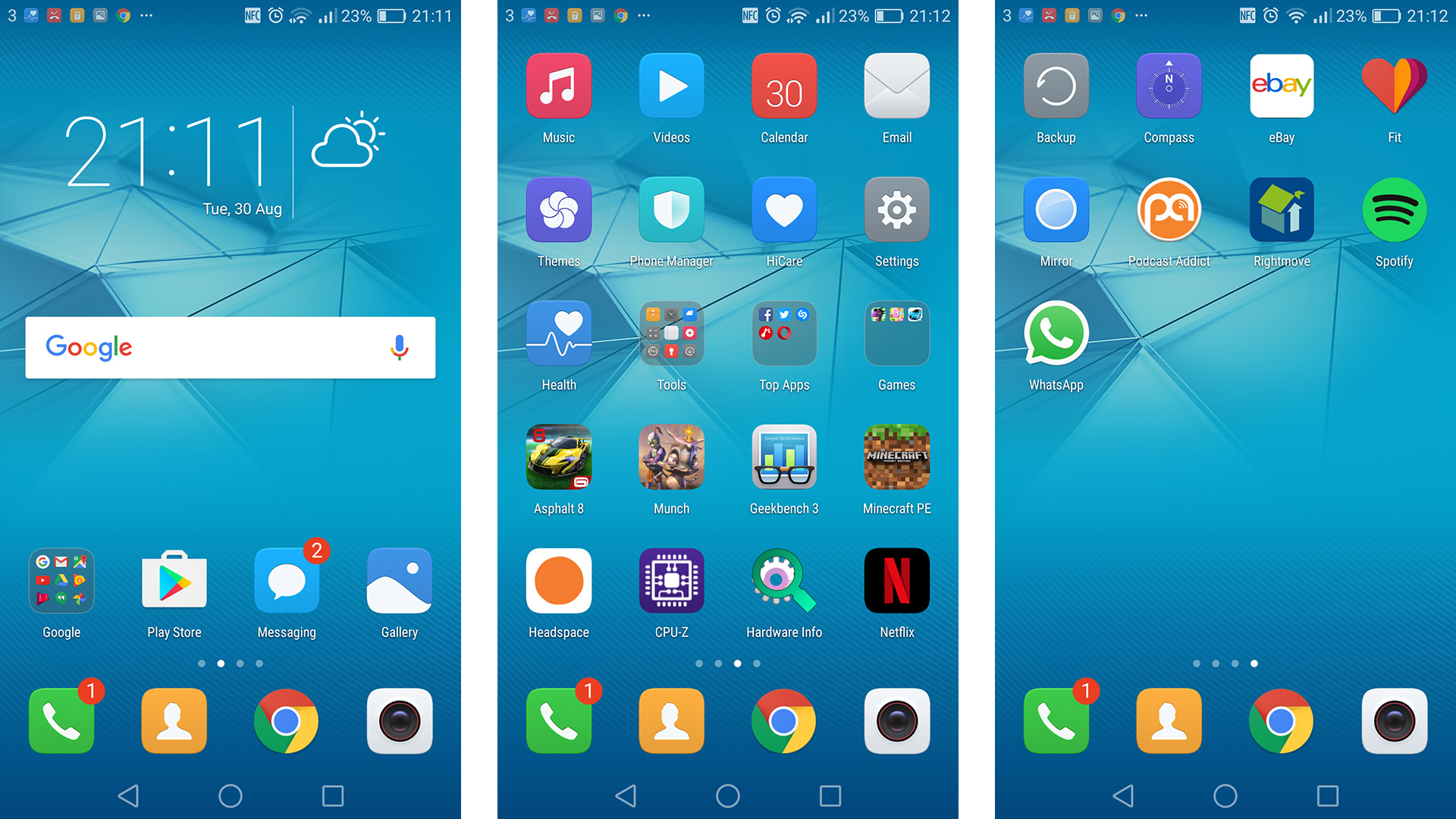
In a stock Android phone, there's a plain white-background apps menu, which acts as a toy box for all your apps. Home screens are then left for you to fill with apps you use all the time, or to keep blank, whatever you like.
As the Honor 5C only has home screens it operates more like an iPhone. Every app goes on these pages, and this can be a bit of a culture shock, particularly when the apps are plonked onto screens in the order in which they're installed. You either have to develop a superhuman long-term memory to recall where your favourite apps sit, or get organised with app folders.
In one respect EMUI is flattened, simplified. However, if you're a real app fan it may not be simpler to actually use day-to-day.
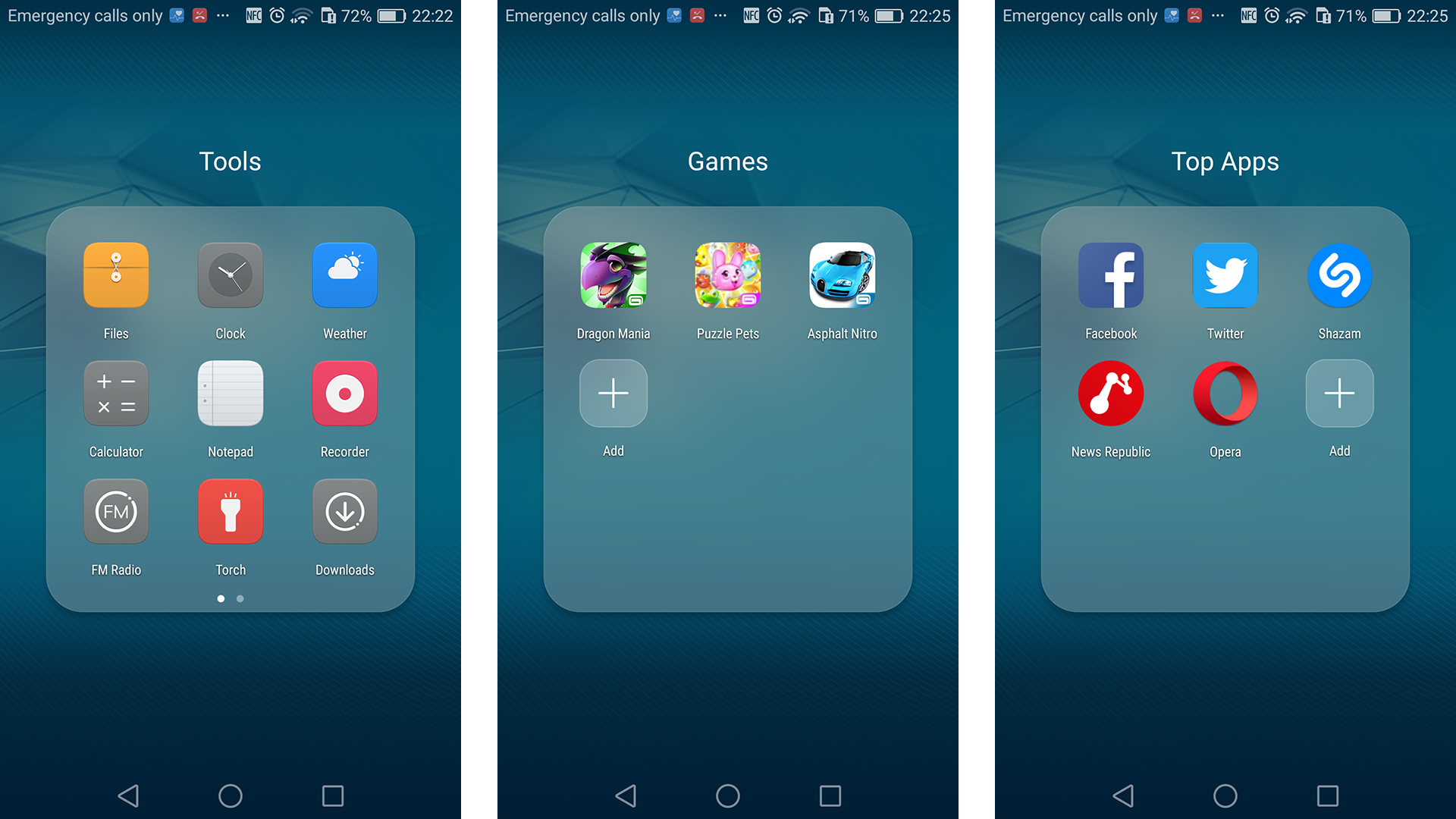
At this point in Emotion UI's development, though, that's the only real problem. Previous versions have been packed full of idiosyncrasies that seem a bit odd to your average US or UK user, like pictures of babies popping up on your lock screen, but much of this has now gone.
Emotion UI in 2016 may be a little high-maintenance, but it's also very clean. There are some preinstalled apps, and some of them are distinctly bloaty, but all contentious ones can easily be deleted. For example, a few free-to-play Gameloft games are pre-loaded, but even these sit in a folder out of the way.
Customisation is another strong suit. We've been happy with the plain standard theme, but a Themes app lets you download reams more for free. Most are rubbish, but the same is true of the theme libraries you'll find on other phones.
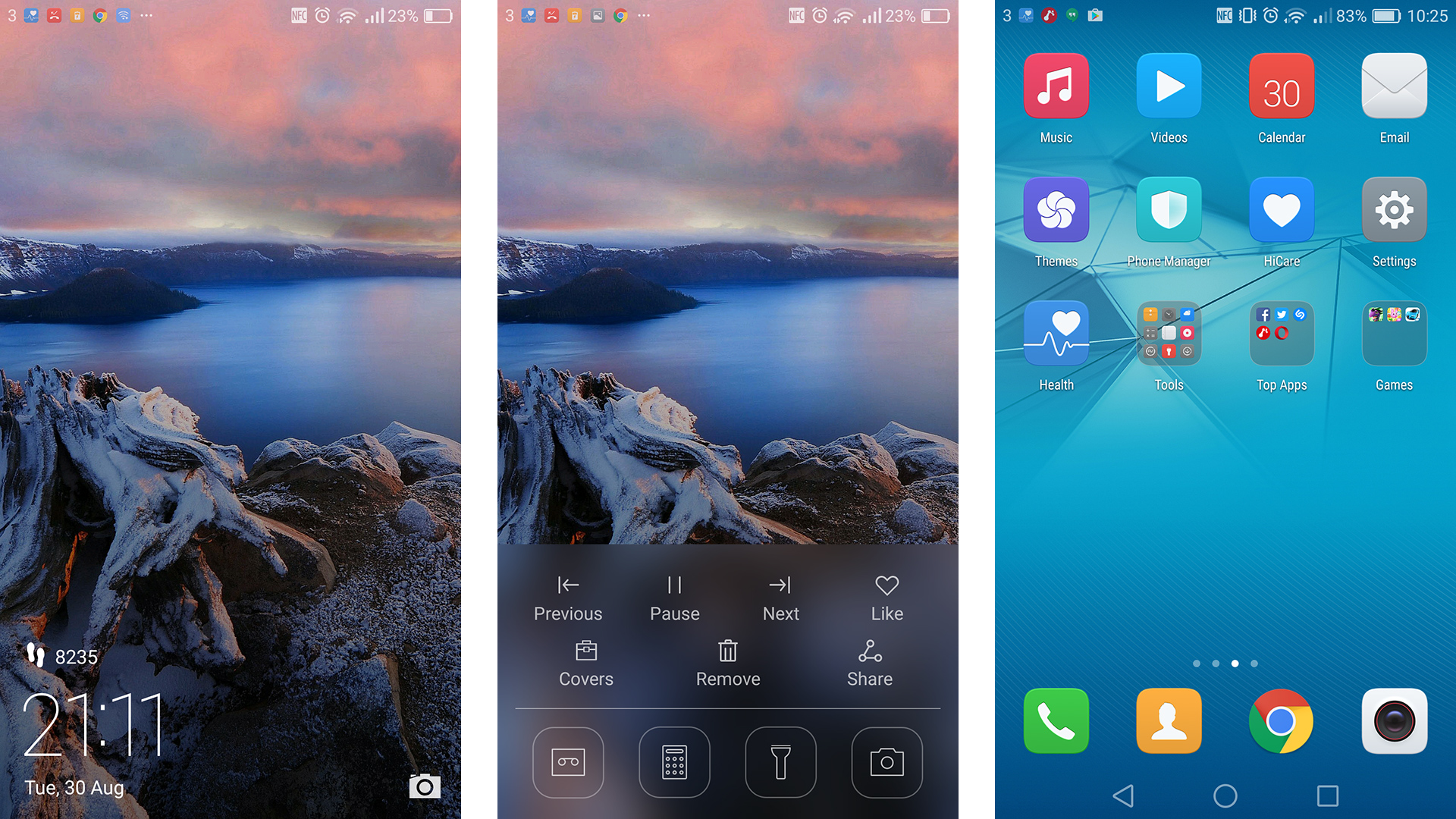
The tweaking goes deeper too. You can change how many rows of apps appear on your Honor 5C home screens, and the animation used for page turns. We recommend not touching the latter, as it has the potential to beam your phone's style right back to 2010. But, as the hordes of awful themes show, tastes vary.
There will be plenty of people who won't like the Honor 5C's software, and it's not simply a case of 'haters gotta hate' – but we've enjoyed using the relatively plain version of the UI found here.
One crucial thing to mention: the Honor 5C does not feel slow. We'll look into performance properly later, but lots of older phones running Emotion UI feel slowed down by it – not here.
Movies, music and gaming
The Honor 5C also takes a much more old-school approach to media than some phones. Rather than just leaving you with Google's video and music apps, there are custom Huawei media apps.
There's value to this. Over the years Google's media apps have become less about playing the music and videos you own, and more about promoting the Google Play store's wares. They've become heavy, a bit pushy.
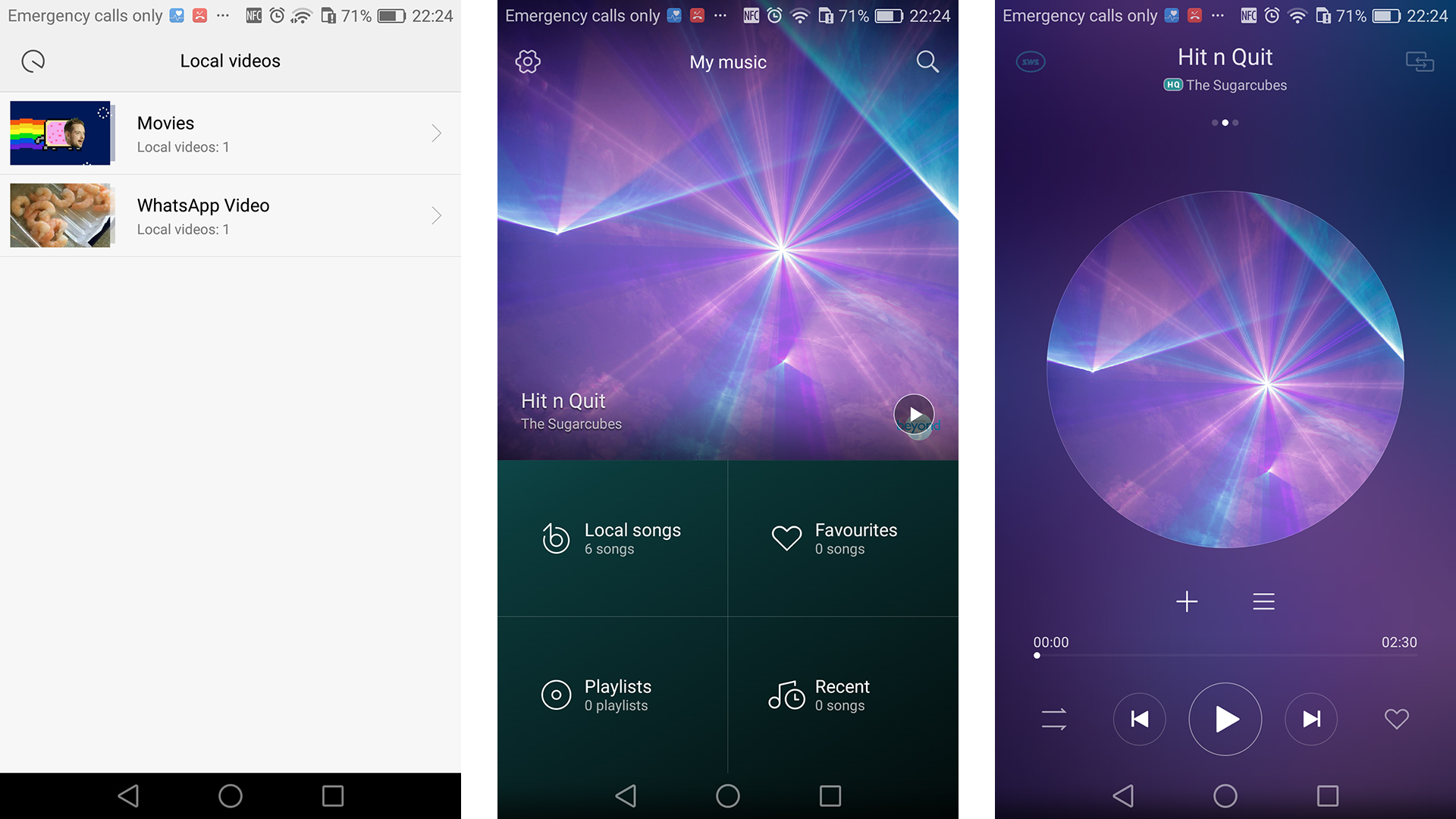
Huawei's apps are all about playing what's on your phone, not trying to get you to sign up to any subscription services or buy the new Coldplay album. These music apps are refreshing, even if you may find something you like more from a quick Google Play search.
The high-quality screen makes the Honor 5C a good fit for watching a bit of Netflix or the odd YouTube video. If that's going to be one of your phone's main duties, though, consider the larger 5.5-inch Moto G – it's just better for the purpose, because of the extra 0.3 inches of display space.
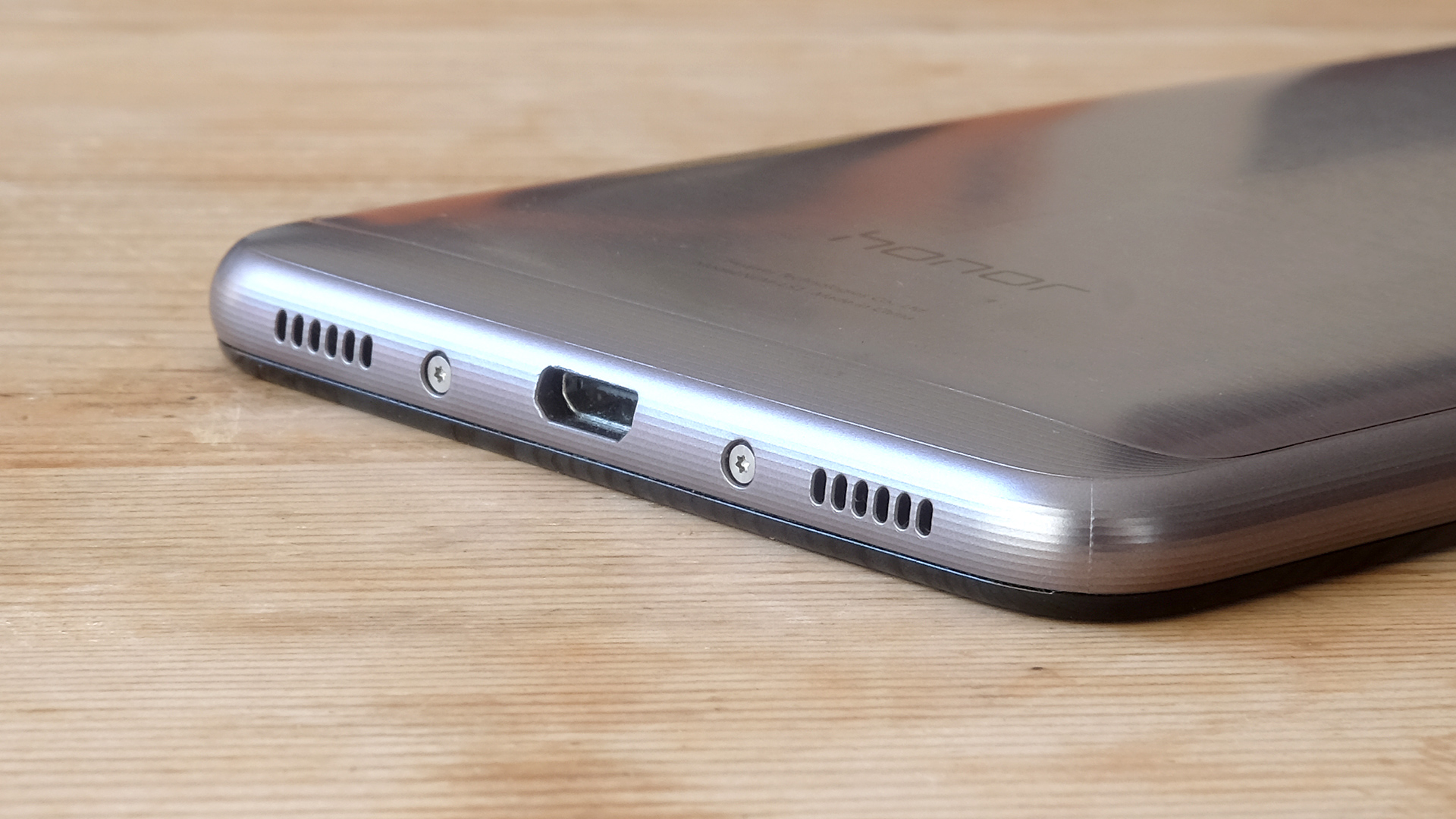
The Honor 5C's internal speaker is only fair, rather than great, too. It fires out of the bottom of the phone and, contrary to appearances, uses a mono driver. There may be two grilles, but there's only a speaker behind one of them – the other one is just there for visual symmetry.
The maximum volume of the speaker is reasonable, but the mids are a little hard when volume is maxed-out, and the sound in general is thinner than the best around; the Moto G has the advantage here too.
Specs and benchmark performance
The Honor 5C has an 'in-house' processor. It's a HiSilicon Kirin 650, and HiSilicon is a subsidiary of Huawei, just like Honor. This is paired with 2GB RAM, which is the minimum you'd want to see in a mid-range phone running Android 6.0.
While the Kirin 650 is an octa-core processor, it's actually the least we'd expect for a 1080p phone. It's roughly the equivalent of a Qualcomm Snapdragon 617/615, using eight Cortex-A53 cores of which four are clocked at 2GHz, and four at 1.7GHz.
These are the kind of processor cores a high-end phone of last year might use as its 'everyday' non-performance cores. It's a bit like a car using a bunch of 1-liter engines rather than a snarling 4-liter V8 beast.
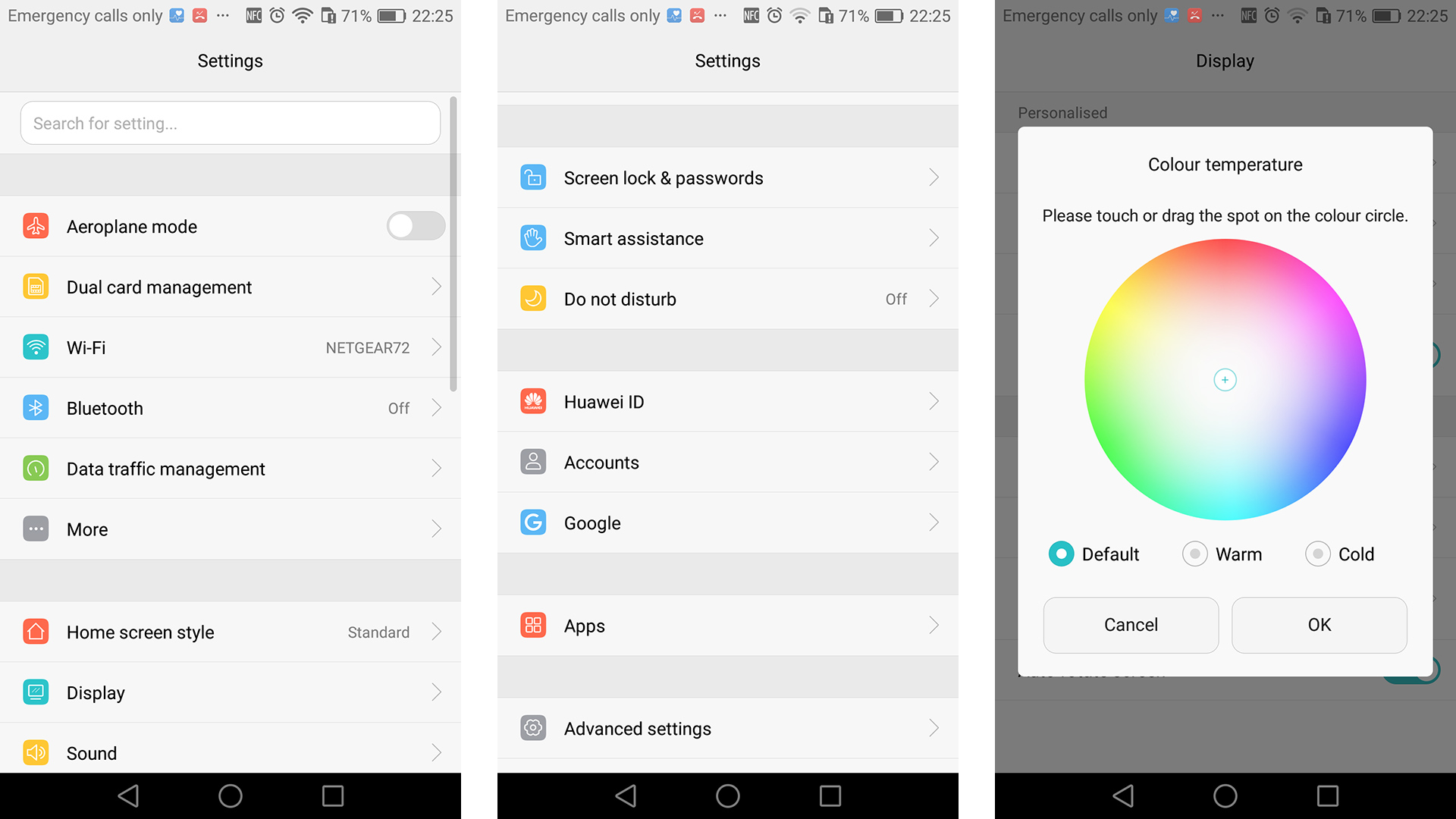
In practice it works well though, earning the Honor 5C 3890 points in Geekbench 3, or around 900 per core. That's significantly more than the Moto G achieves, because this phone's cores run at a much higher clock speed – each core is 500MHz faster.
We'd advise not reading too much into this, though. HiSilicon may have used the higher speed because the Kirin 650 is less effective at translating its power into real-world performance, or just because it wanted to beat the rival Snapdragon at benchmarks. Kirin processors have suffered from rather inconsistent real-world performance over the years, so HiSilicon has something to prove.
Leave aside the bravado, though, and the Honor 5C comes off perfectly well. App load speeds could be a mite faster on occasion, but the phone runs Android well, and can play high-end games without them turning into a painful slideshow.
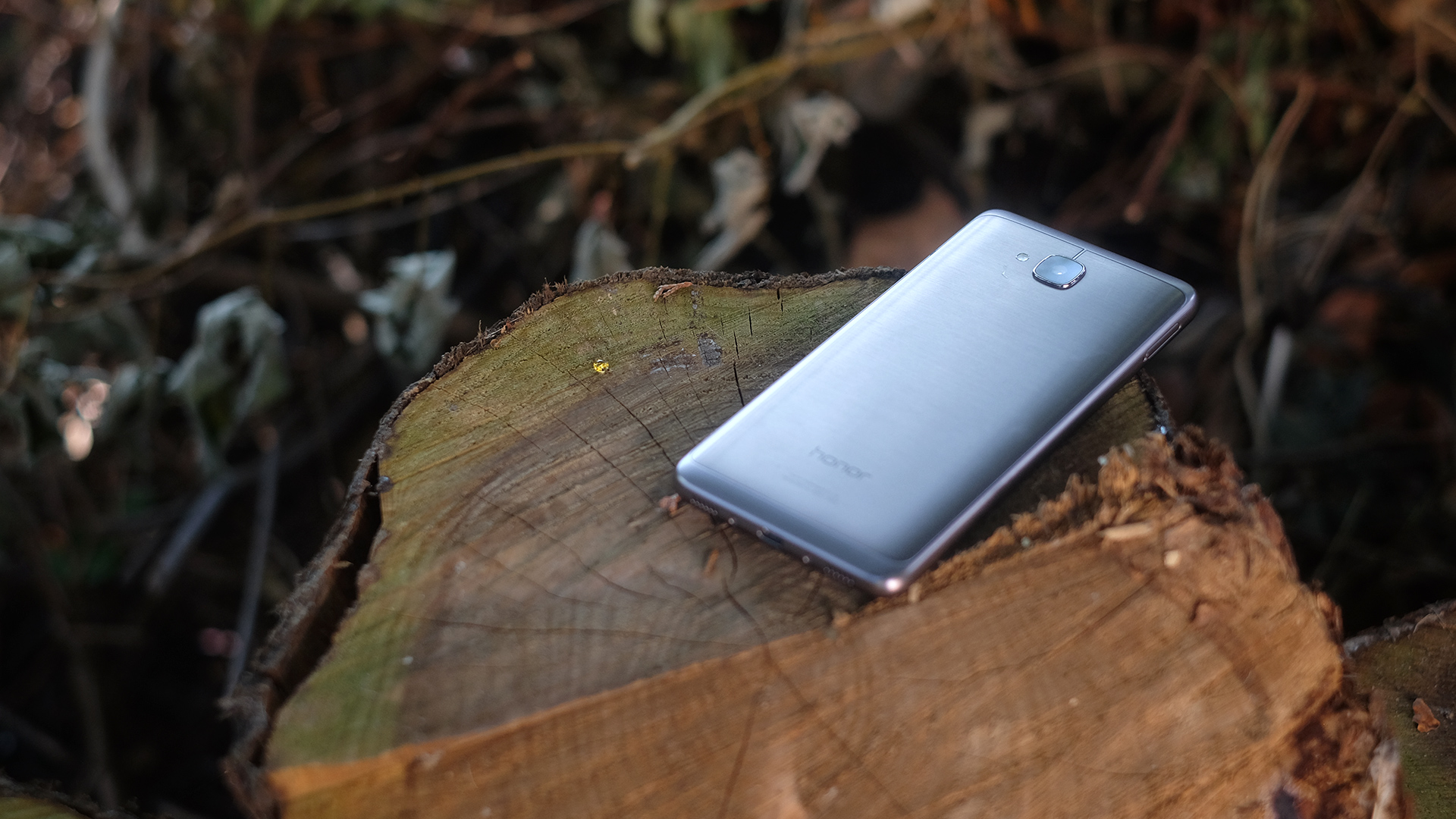
That last point is particularly important. Recently we reviewed the Kirin-powered Huawei MediaPad M3, and despite it having a higher-end Kirin CPU it struggles with a lot of games; the Honor 5X also feels a bit slow all-round.
Everything we've tried on the Honor 5C runs well, though, with only minor frame rate hitches. This includes Asphalt 8, Munch's Oddysee, Minecraft and Dead Trigger 2. Minecraft was the only game that would start to chug, when the draw distance is maxed out. That's not the standard setting.
This isn't a phone with masses of power to spare that'll see it sail through 2018's Android games, able to play them with visuals maxed-out, but given the price that's not a big issue.
Current page: What's it like to use?
Prev Page Introduction, key features and design Next Page Battery life and cameraAndrew is a freelance journalist and has been writing and editing for some of the UK's top tech and lifestyle publications including TrustedReviews, Stuff, T3, TechRadar, Lifehacker and others.

